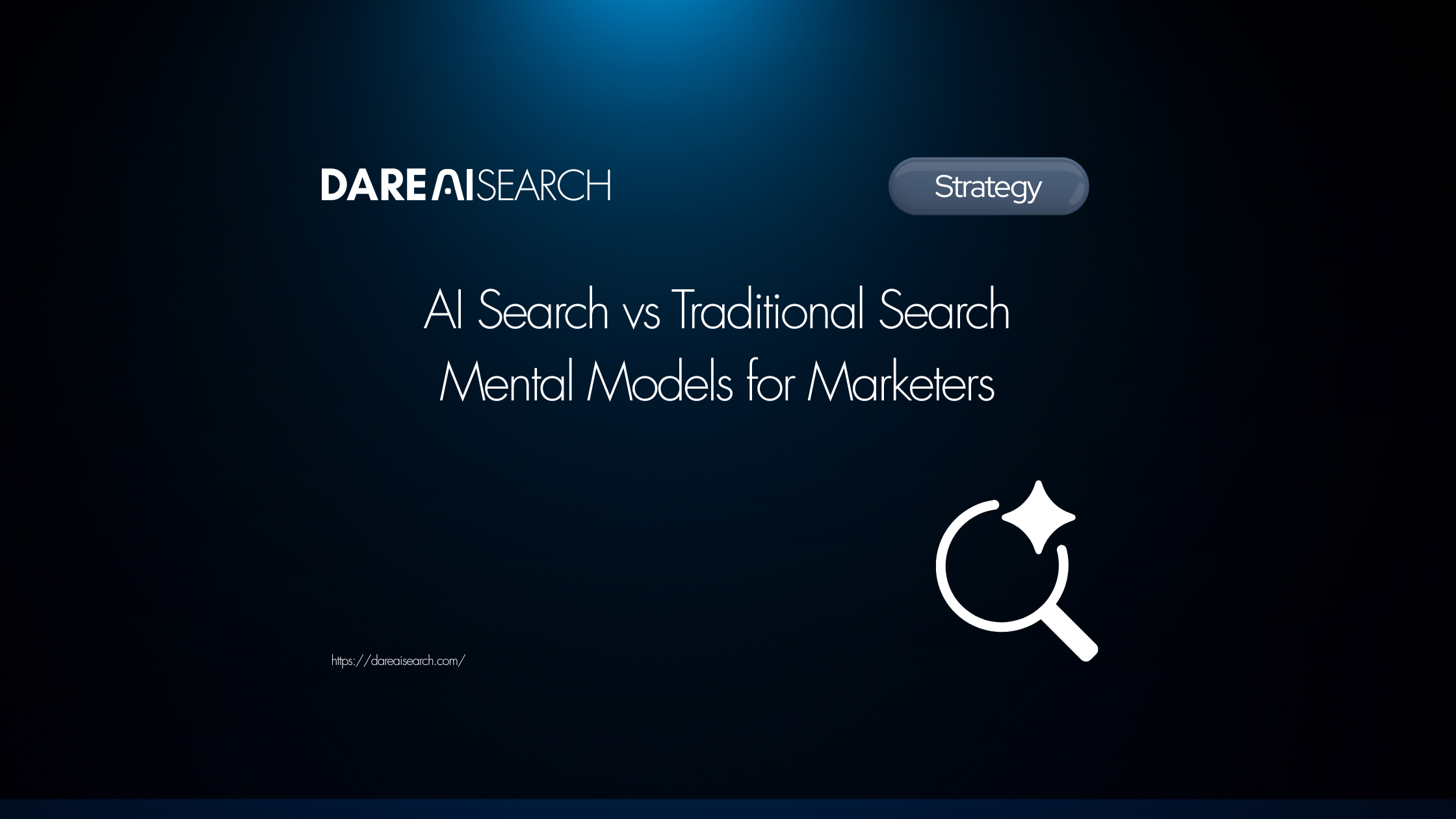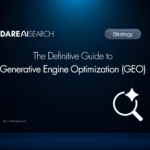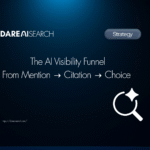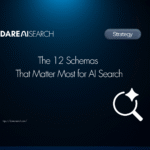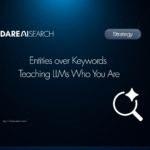Introduction: A Shift Bigger Than Mobile-First
Marketers once had to rewire their playbooks when Google went mobile-first.
Now, another tectonic shift is happening, the rise of AI search engines like ChatGPT, Perplexity, Gemini, and Copilot.
Traditional SEO rules don’t fully apply here. Ranking on page one no longer guarantees discoverability if your customers are asking AI engines directly for answers.
This blog is your mental model reset, a guide to understanding how AI Search differs from traditional SEO and how to start preparing your brand.
Traditional Search: Ranking the Web
- Mechanics: Crawls, indexes, ranks webpages.
- User Experience: Query → list of links → user clicks → destination website.
- Marketer’s Job: Win blue links through keywords, backlinks, content optimization.
- Metrics of Success: Impressions, CTR, sessions, conversions.
SEO was about attracting the click.
AI Search: Synthesizing Answers
- Mechanics: Uses large language models (LLMs) to synthesize an answer by pulling from multiple sources.
- User Experience: Query → direct conversational answer (often with citations).
- Marketer’s Job: Ensure brand facts are accurate, structured, and trustworthy so they get surfaced.
- Metrics of Success: Mentions, citations, recommendations, inclusion in answer flows.
GEO is about being trusted inside the answer.
The Mental Model Shift: From Clicks to Citations
Here’s how marketers need to reframe their approach:
| Traditional SEO | AI Search (GEO) |
|---|---|
| Optimize for keywords | Optimize for entities & facts |
| Goal = rankings | Goal = citations/recommendations |
| Focus on traffic | Focus on visibility in answers |
| Compete for blue links | Compete for being quoted |
| Win with backlinks & authority | Win with structured data & consistency |
Why This Matters for Marketers
- Zero-click reality: 58% of Google searches already end without a click. AI search accelerates this.
- Narrative control: AI can hallucinate or misattribute facts unless your brand proactively teaches engines the truth.
- Customer journey compression: Instead of 5–7 clicks, customers may rely on one AI answer to make a choice.
This isn’t just SEO evolution, it’s a paradigm shift in brand visibility.
DareAISearch POV: Marketers Need New Tools
GEO requires different mental models, analytics, and frameworks.
That’s why we built DareAISearch, an Operating System for AI Search Visibility.
It helps marketers move from being mentioned → cited → recommended → chosen.
Actionable Takeaways
- Stop thinking in keywords → start mapping concepts & entities.
- Track visibility across AI search engines, not just Google.
- Audit your brand facts, what AI sees must match what’s true.
- Measure citations and recommendations as KPIs, not just sessions.
FAQs
Traditional SEO optimizes for rankings and clicks on Google, while AI Search optimization (GEO) ensures your brand is cited and recommended inside AI-generated answers.
Because customer journeys are compressing, users may rely on one AI answer to decide, meaning visibility inside answers is critical for revenue.
Yes, but limited. Backlinks and authority signals help, but AI engines prioritize structured facts, clarity, and consistency.
Mentions, citations, and recommendations across AI engines, not just impressions and CTR.
Mentions, citations, and recommendations across AI engines, not just impressions and CTR.
DareAISearch combines analytics, intelligence, and execution to help brands transition from SEO-first to AI-first visibility, ensuring they’re trusted, cited, and chosen.

